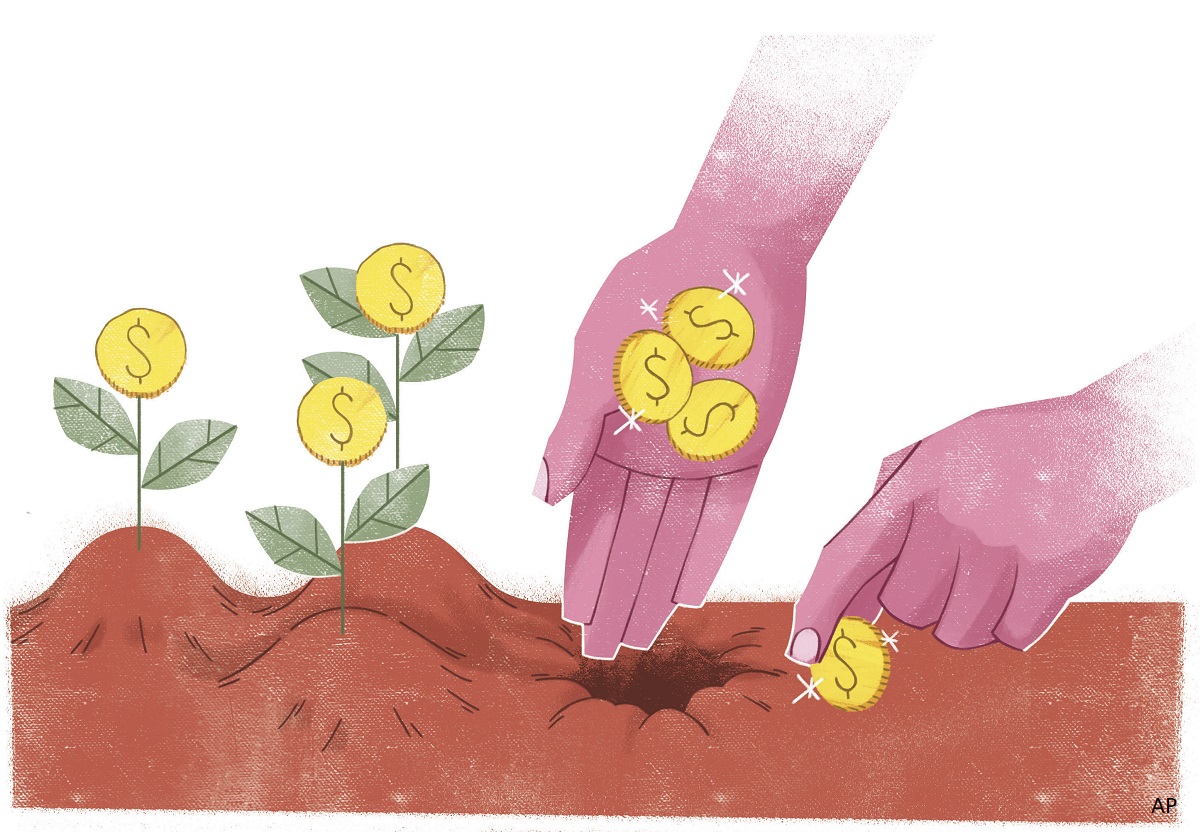:quality(80)/cloudfront-us-east-1.images.arcpublishing.com/morningstar/OMVK3XQEVFDRHGPHSQPIBDENQE.jpg)
Lured by double-digit yields, investors are piling into exchange-traded stock funds that employ options strategies as a way to generate extra investment income.
In addition to high yields, these ETFs offer stock market exposure with less volatility than the overall market or the indexes they compare against, albeit with the tradeoff of smaller gains during a big bull market. Known as covered-call funds, these strategies have been available to investors for decades, but this year they’ve seen an unusual surge in interest.
That’s especially the case for JPMorgan Equity Premium Income ETF JEPI. Launched in May 2020, it’s taken in $11.4 billion in new money from investors in 2023, and it now holds $29.3 billion in assets, making it the largest actively managed ETF. Its main appeal: a trailing 12-month yield of 10%. “Investors are attracted to these funds right now because of their high payouts,” says Morningstar analyst Lan Anh Tran.
It’s not the only fund of its stripe to see a flood of new investors. The 10-year-old Global X Nasdaq 100 Covered Call ETF QYLD has collected $1.12 billion in 2023, taking it to $7.6 billion in assets. After the success of JEPI, JPMorgan launched JPMorgan Nasdaq Equity Premium Income JEPQ in May of last year. In 2023, JEPQ has taken in $3.8 billion and grown to $5.5 billion in assets.
In all, nontraditional equity funds, which include options-trading funds, have seen a net $18.2 billion from investors this year. Assets in nontraditional equity funds total $88 billion. While that marks a big jump on a percentage basis, it remains a tiny fraction of the $12.3 trillion in U.S. stock funds.
Still, this interest in covered-call funds comes against a backdrop of investor withdrawals from stock funds in general. Equity funds have seen $90.9 billion head out the door in 2023.
What Is a Covered-Call Fund?
A covered-call fund may sound complex, but it’s a fairly simple options-trading strategy.
A covered-call fund owns a basket of stocks and sells a “call” option on them. Should those stocks rise above a specified “strike” price, the fund pays the buyer of the option the difference between the stock price and the strike price. However, if the stock declines or simply stays below the exercise price, the fund keeps the income paid by the option buyer.
That premium is passed on to fund holders, which is the big attraction for many investors. Most ETFs write monthly call options and pay out the premium they earn at the end of each month. JEPI owns the stocks in the S&P 500 index, but covered-call ETFs can include stocks from a range of equity indexes. Global X offers covered-call strategies that include the Russell 2000 and the S&P 500 ESG indexes.
Covered-Call ETFs’ High Monthly Payouts
To compensate for rising interest rates and increased volatility, the premium these funds scoop up increased throughout 2022, according to Tran.
Global X states that its funds aim to “produce higher yields in times of volatility.” JPMorgan says it “seeks to deliver a significant portion of the returns associated with an index with less volatility.”
The 12-month yield on JEPI peaked in May of this year at nearly 12%. As volatility subsided slightly, the premiums have fallen slightly. The fund’s 12-month yield has come down to 10.01% as of Aug. 31, 2023.
For JEPI, yields are at 11.5% as of Aug. 31. That’s substantially more than what high-yield bonds or dividend stocks offer. The $13.5 billion iShares iBoxx $ High Yield Corporate Bond ETF HYG has a trailing 12-month yield of 5.7% over the past year, and the $48 billion Vanguard High Dividend Yield ETF VYM has a trailing 12-month yield of 3.1%.
Covered-Call ETFs Offer Lower Volatility
Another appeal covered-call ETFs have for some investors is their lower volatility profile—specifically their buoyancy when the stock market sells off.
In 2022, when stock and bond indexes fell sharply, the funds outperformed. JEPI lost only 3.5%, while the S&P 500 index fell 18%. Global X lost only 19%, while the $197.5 billion Nasdaq 100 index fell 33%.
With that outperformance began the flood of new money. More than $25 billion flowed into nontraditional equity funds in 2022.
Downsides of Covered-Call ETFs
The drawback is that if the stocks these funds own appreciate in price, the upside for investors is capped by the underlying options strategy.
As a result, even with their high monthly payouts, the funds have underperformed the indexes they focus on this year. JEPI is down 1.5% year-to-date, while the S&P 500 index is up 12.2%. Global X is up 5.2%, while the Nasdaq 100 Index is up 35%.
Investors shouldn’t get too excited about the high payouts, says Tran: “Investors often see the payout but not the total return. For investors with long-term goals, it doesn’t do any good to cap your upside.”
Another concern is the tax treatment of the payouts. “The cash flow sometimes isn’t tax-efficient because part of the income can be taxed at the short-term capital gains rate,” Tran explains.





:quality(80)/cloudfront-us-east-1.images.arcpublishing.com/morningstar/QYEEHXTNYFE4DJSJZTAJ4MSRM4.jpg)
















